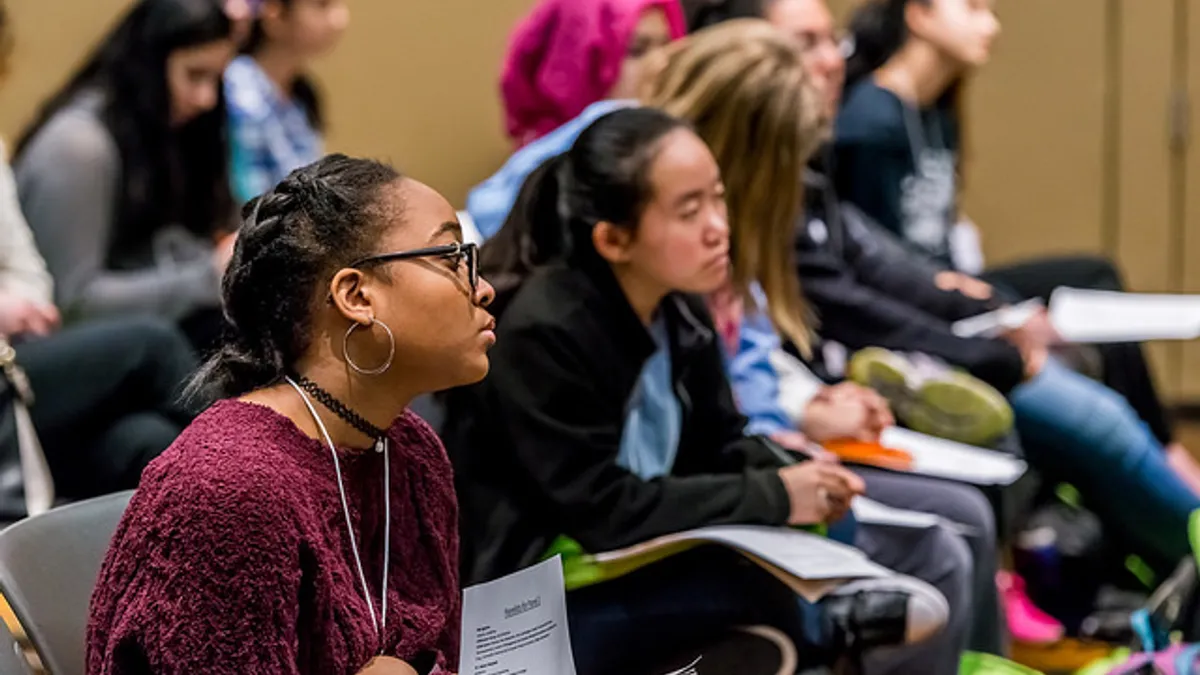Dive Brief:
-
Starting in the 2020-21 school year, New York City students who don’t get into their first or second high school of choice will now be assigned to waitlists — a change Mayor Bill de Blasio said will create a simpler application process, Chalkbeat reports.
-
The current system, which has been in place for 16 years without significant changes, requires students to apply for preferred high schools and uses an algorithm to matches them to schools based on a number of factors, including their preferences. Rather than simply assigning students to their matched schools, however, the new system will allow students matched with their least-preferred schools to be placed on waiting lists for their first and second preferences, with the ability to be added to additional waitlists for schools they didn't initially choose.
-
Training will be provided to school officials so they can properly manage the waitlists, but questions still remain about the oversight and transparency of the process. Changes to middle school admission processes are on the way, as well.
Dive Insight:
New York’s school system has long faced controversy over its admissions process, with critics saying that admissions to its most selective schools reflect institutional school segregation. While the addition of a waitlist is not likely to address this issue, it has been introduced to save time and make the application process less stressful for families.
Earlier this year, Mayor Bill de Blasio criticized the district for keeping in place an "old system that has perpetuated massive segregation" after data suggested admissions to the city's elite specialized high schools appear to favor families with access to greater resources. In 2014, New York City’s schools were called the most segregated in the country. A report by The New York Times found half of the city schools are 90% black or Hispanic, which tips them into the “intensely segregated” zone.
New York City is home to a number of elite specialized high schools, including Stuyvesant. Data from a 2019 Daily News analysis shows students from poor neighborhoods, such as South Bronx and central Brooklyn, were the least likely to be accepted into these schools. Districts with a financial advantage or a greater white population than the city average sent more students to elite schools.
Further research indicates only about 16% of black and Hispanic students who perform well academically are admitted to the city's most prestigious high schools. Lower-performing middle schools have been criticized for doing little to prepare these students for the specialized high school admissions test, which is a prerequisite for admission into those schools.













